Step into the enthralling island of Curaçao, hidden in the Southern Caribbean, and ready to be amazed by the extraordinary wildlife that surrounds you. As you explore this paradise, imagine encountering majestic creatures like the graceful Curaçaoan White-tailed Deer or catching a glimpse of the mysterious Curaçao Barn Owl.
Dive into the crystal-clear Caribbean waters, where a vibrant underwater tapestry awaits, adorned with unique coral species, playful sea turtles, and a dazzling array of colorful fish. But amidst the beauty lies a delicate balance under threat.
Join us on a trip to discover the problems that Curaçao’s diverse ecosystems confront, from habitat loss and invasive species to the effects of climate change. Discover the passionate conservation efforts and sustainable practices in place to safeguard this natural wonderland for future generations.
Endemic Species

Beautiful Curaçao, an island in the Southern Caribbean, is home to several globally rare and endangered plant and animal species. These endemic species range from the graceful Curaçaoan White-tailed Deer to the rare Curaçao Barn Owl, each with its unique adaptations and characteristics that make them integral components of the island’s ecosystem. The abundance of endemic species in Curaçao showcases the island’s rich biodiversity, much of which remains untapped, revealing a vibrant, complex tapestry of life beneath its tranquil beaches and lush landscapes.
The terrestrial biodiversity in Curaçao is not the only marvel; the underwater world is equally captivating. Dive beneath the azure Caribbean waters surrounding Curaçao, and you will find an enchanting array of marine life, including endemic coral species and unique varieties of sea turtles and fish.It’s a vibrant symphony of color, motion, and life that reminds us of the enormous diversity of life on our world.
To truly understand and appreciate the breadth of Curaçao’s biodiversity, consider the island’s vibrant bird population. With over 200 species recorded, including the Yellow Oriole and the Caribbean Elaenia, both endemic to the region, birdwatching in Curaçao is an avian enthusiast’s dream. These species’ unique songs and displays of plumage are a testament to the diverse habitats and resources found on the island.
Threats to Biodiversity
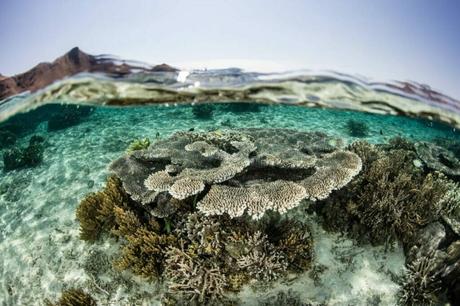
Regrettably, the rich biodiversity of Curaçao faces numerous threats. Chief among them is habitat loss caused by urbanization and tourism-related development. As pristine habitats get replaced with hotels, roads, and other infrastructure, the indigenous species lose their homes, leading to a decline in population numbers and, in severe cases, extinction.
Furthermore, invasive species pose another significant threat to Curaçao’s biodiversity. Non-native species, intentionally or unintentionally introduced, can outcompete native species for resources, leading to their decline. Examples include the Lionfish in marine environments and the Boa Constrictor on land, both of which have shown detrimental effects on the island’s ecosystem.
Climate change is also a major danger to Curaçao’s biodiversity. Rising temperatures and sea levels, along with increasingly erratic weather patterns, have the potential to disturb ecosystems’ delicate equilibrium. Coral bleaching is becoming an issue because coral reefs, in particular, are prone to these changes.
Conservation Initiatives
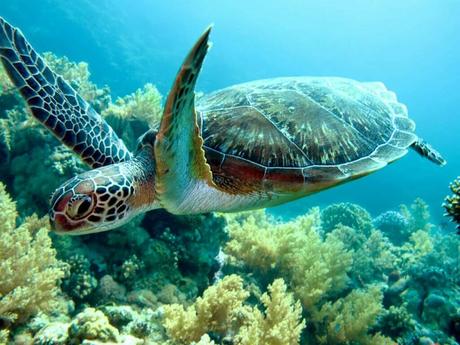
In response to these challenges, a number of conservation programs have been developed in attempt to conserve and safeguard Curaçao’s particular biodiversity. The Carmabi Foundation, for example, has been instrumental in establishing marine protected areas around the island to conserve the precious coral reefs and other marine biodiversity. Through these areas, they can regulate human activity and facilitate reef recovery.
Curaçao also engages in species-specific conservation programs, such as the Yellow-shouldered Amazon Parrot Recovery Program. This local community-led program, sponsored by international organizations, strives to conserve and grow the population of this endangered bird through habitat preservation, public education, and captive breeding.
Beyond these, the Curaçao government has taken legislative measures to protect biodiversity. Land usage, fishing, hunting, and the introduction of alien species are all governed by lawsWhile not ideal, these steps go a long way toward preserving the island’s natural history and biodiversity for future generations.
Biodiversity’s Role in Tourism
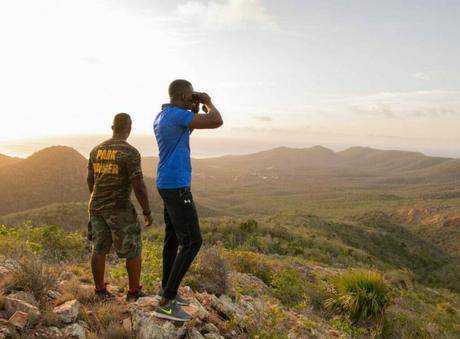
Curaçao’s rich biodiversity doesn’t just play an ecological role; it also significantly contributes to the island’s tourism sector. The island’s beautiful scenery, colorful marine life, and rare species attract visitors from all over the world, which helps the local economy.. Ecotourism, in particular, is growing in popularity, with visitors eager to enjoy the island’s natural beauty while limiting their environmental effect.
Eco-friendly activities available from travel companies include guided birding excursions, scuba diving cruises to coral reefs, and hiking expeditions via Christoffel National Park.These activities not only expose visitors to the island’s rich biodiversity but also create awareness of conservation issues and encourage responsible tourism.
While tourism can boost the local economy, it must be properly regulated to avoid severely impacting the biodiversity on which it depends. Sustainable practices, such as limiting visitor numbers in sensitive areas, enforcing responsible wildlife interaction guidelines, and promoting local conservation efforts, can help strike a balance between tourism and conservation.
The Significance of Curacao’s Biodiversity

Biodiversity, the word used to define all types of life on Earth, is crucial to the wellbeing and equilibrium of the planet. Biodiversity sustains the ecosystems that give us with oxygen to breathe, water to drink, food to eat, and resources for medicine and shelter on Curaçao and across the world. These “ecosystem services” as they are known, are fundamental to human existence and survival.
By storing carbon and reducing greenhouse gas emissions, biodiversity helps to prevent climate change on a broader scale. Healthy, diversified ecosystems, such as forests and coral reefs, may absorb considerable amounts of CO2, functioning as natural climate change buffers. Additionally, maintaining biodiversity fosters ecosystem resilience, enabling them to adjust to and recover from disruptions like those brought on by climate change.
Understanding the significance of biodiversity also involves recognizing the intangible value it offers. Biodiversity encourages learning and education, enhances human health and well-being, and adds to cultural identity and spiritual enrichment. It offers aesthetic and recreational value – think of how much joy we derive from birdwatching, hiking, or simply being in nature. It’s crucial to remember that the loss of biodiversity has an impact on society as a whole and is not only a concern for the environment.
Local Community Involvement
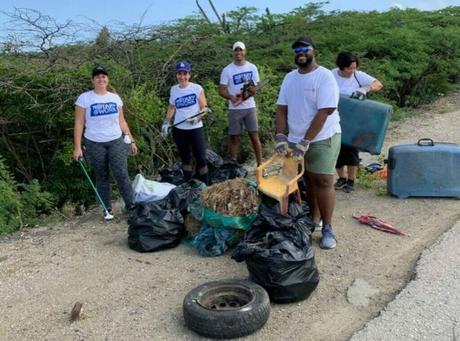
The local community’s participation in Curaçao’s conservation activities is critical to their success. The island’s inhabitants have a deep understanding of their environment, and their commitment to its protection is palpable. Locals participate in a range of initiatives, from beach clean-ups and tree planting campaigns to education and awareness programs about the island’s unique biodiversity.
One inspiring example of community-led conservation in Curaçao is the establishment of community gardens. These gardens, planted with native flora, serve multiple purposes – they provide habitat for local wildlife, conserve indigenous plant species, and educate the community and visitors about Curaçao’s unique flora. They are evidence of the local community’s commitment to and proactive attitude to conservation.
Local communities are also involved in policy-making and management of protected areas. Their input is crucial as they have a vested interest in preserving their island’s natural resources. This bottom-up strategy for conserving biodiversity is highly effective and may be used as a template for other locations throughout the globe. They are the land’s guardians and are well acquainted with the local ecology and its requirements.
Impact of COVID-19 on Biodiversity
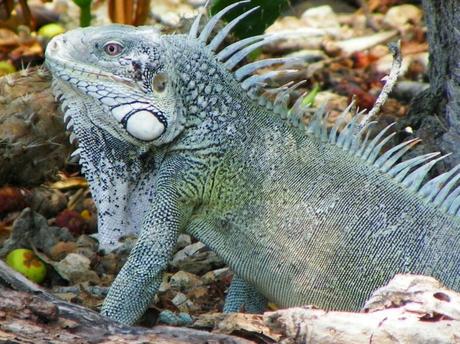
The COVID-19 pandemic has had far-reaching implications for Curaçao’s biodiversity and conservation efforts. With the sudden drop in tourism, many conservation programs which were dependent on funding from tourist activities experienced severe budget cuts, limiting their ability to carry out essential work. This included routine patrols of protected areas, data collection and monitoring activities, and rehabilitation efforts for threatened species.
However, the reduction in human activity also brought about some unexpected positive effects. The decrease in boat traffic and coastal tourism gave marine life a reprieve from the usual disturbances, leading to reports of increased sightings of marine animals near the coast. Similarly, the drop in pollution levels due to reduced vehicular movement may have provided a temporary respite for terrestrial ecosystems.
Yet, as tourism begins to rebound post-pandemic, it’s crucial to reflect on these observations and incorporate them into future strategies. The pandemic has highlighted the need for sustainable tourism that respects and conserves biodiversity rather than undermining it. It’s an opportunity to reset and rebuild in a way that balances economic development with the health of Curaçao’s unique ecosystems. The difficulty is to seize this chance and transform it into action, which the people of Curaçao are eager to do.
Curacao Biodiversity FAQ
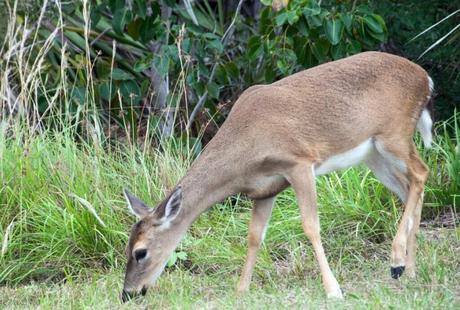
What are the environmental issues in Curaçao?
The introduction of alien species that negatively influence natural ecosystems, habitat loss brought on by urbanization and development related to tourism, and the effects of climate change, such as rising temperatures and sea levels, are all environmental challenges in Curaçao. These challenges pose threats to the island’s biodiversity and require concerted efforts to mitigate their effects and preserve Curaçao’s natural heritage.
What types of wildlife are found on Curaçao?
A broad range of fauna, including indigenous and unique species, may be found on Curaçao. Terrestrial wildlife includes the graceful Curaçaoan White-tailed Deer and the rare Curaçao Barn Owl, while the surrounding waters boast vibrant marine life, including endemic coral species, sea turtles, and various fish species. The island’s avian population is also remarkable, with over 200 recorded bird species, including endemics like the Yellow Oriole and the Caribbean Elaenia.
What is unique about Curaçao?
Curaçao stands out for its unique blend of cultural diversity, captivating natural landscapes, and remarkable biodiversity. The island’s rich history, architectural charm, and multicultural influences create a distinct atmosphere. Furthermore, Curaçao’s biodiversity hotspot designation, with indigenous plant and animal species found nowhere else in the world and its dynamic underwater environment and stunning scenery, contribute to its special attraction as a Caribbean destination.

